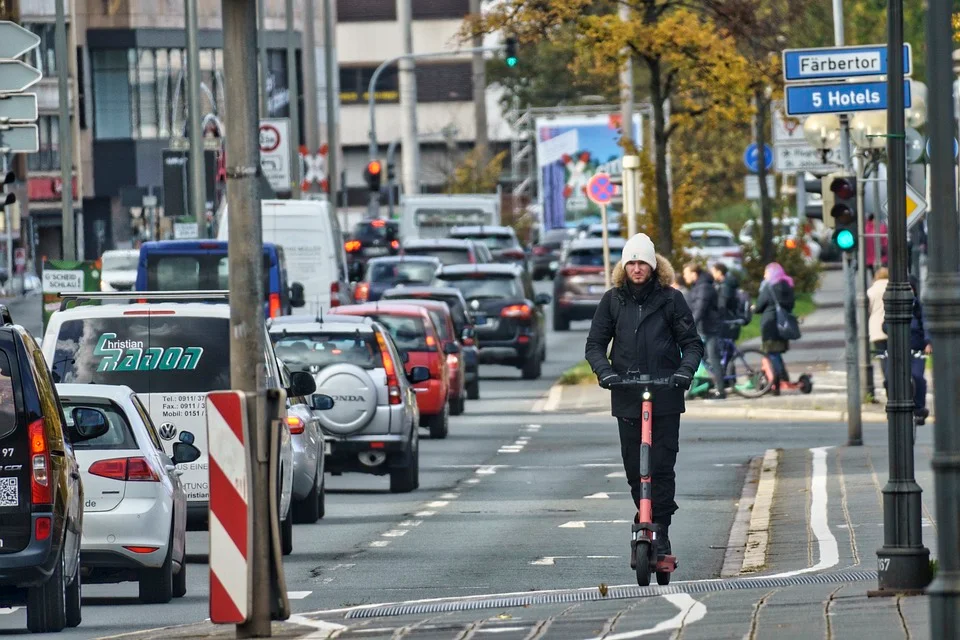People traveling long distances from their local places were rare in earlier days. Now traveling around the world, more commonly known as jogging around the world is no longer a challenge, thanks to the great strides that technology has made in the travel sector. Tourism as an industry thrives on travel. It has changed the outlook of the modern man. Tourism derives its driving force from travel. Experiencing different cultures, languages, and people has changed societies. Attitudes and even people’s view of life have changed because of this. Nature and tourism are closely linked and it is based on this coexistence that ecotourism has developed and become a way of life.
It is indeed a challenge to strike the right balance between technology and nature in the context of tourism. Technology has come a long way in making tourism and travel achieve its current status and importance. It has reduced the intangibility associated with tourism products. Thanks to the vibrant colors and multimedia features available online, the contemporary tourist can get accurate and reliable information before embarking on a trip. Even the locals use the internet to explore and get tourism related information about their places.
The main threat posed by the excessive nature of technology is pollution. The same technology can be used to eliminate them by products and reduce the impact of pollution. We are bombarded with news about the depletion of the ozone layer. New technologies have evolved as non-CFC refrigerants have been applied. Another factor is the pollution that jet planes create and increases carbon dioxide levels in the atmosphere not to mention the vehicles that fill the roads. The same is the case with water pollution. In Kerala for example, backwaters are a unique selling proposition (USP). Fortunately, before it was too late, the authorities realized the importance of preserving the priceless gift of nature. Hence, the houseboats which are a major source of income were required to comply with the safety standards set by the authorities in managing waste disposal. For this technology has been used to a large extent.
When technology is used without proper control, it can lead to dangerous by-products and compromise the natural balance. Maintaining the right balance between nature and technology will give the right impetus to the growth and sustainability of tourism.
Safety standards that limit vehicle emissions are now implemented which has helped reduce vehicle pollution to a great extent. Global warming which is now the buzz word, oil spill etc. has affected birds and other species which are a huge threat to the existence of life on this planet. To put pressure on these annoying problems, the same technology that was created must be used to find a solution.
Another case of concern is the increasing use of cell phones. True, there is no turning back from this technological marvel, but steps must be taken to prevent cellular operators, especially active ones, from indiscriminately increasing the signal strength of their towers to give more coverage. This has led to the decline of some species of birds and beneficial insects. One of the most obvious side effects of the increased use of mobile phones is the disappearance of honeybees from most cities. This is just the tip of the iceberg of the looming disaster.
It goes without saying that tourism has benefited greatly from technology. The opening up of natural attractions in the form of beaches, hill stations and backwaters has also led to a boom in tourism. In this context, we must strive to get the most out of technology and nature to increase tourism revenues through conservation and preservation for the sustainability of the tourism industry.


